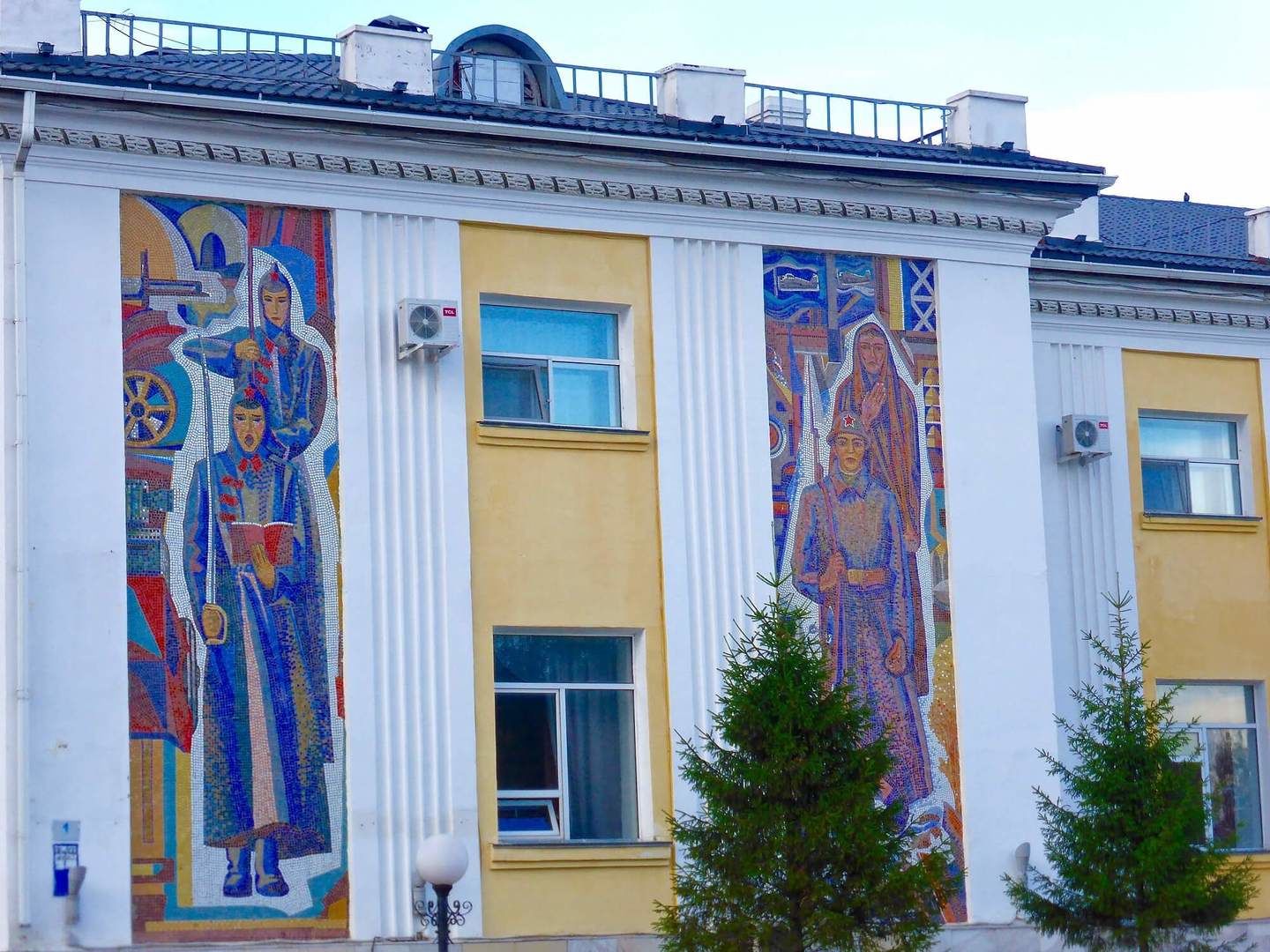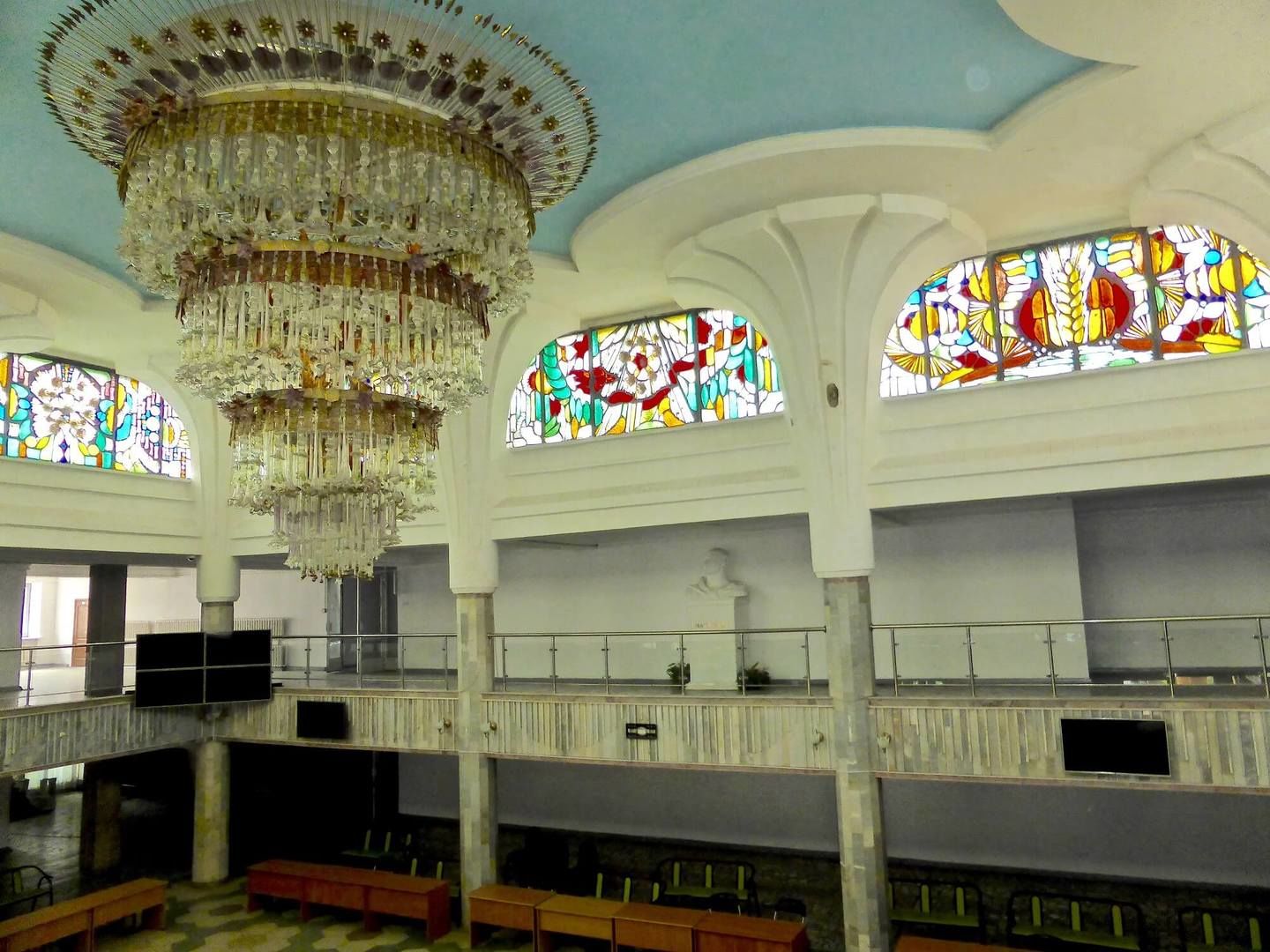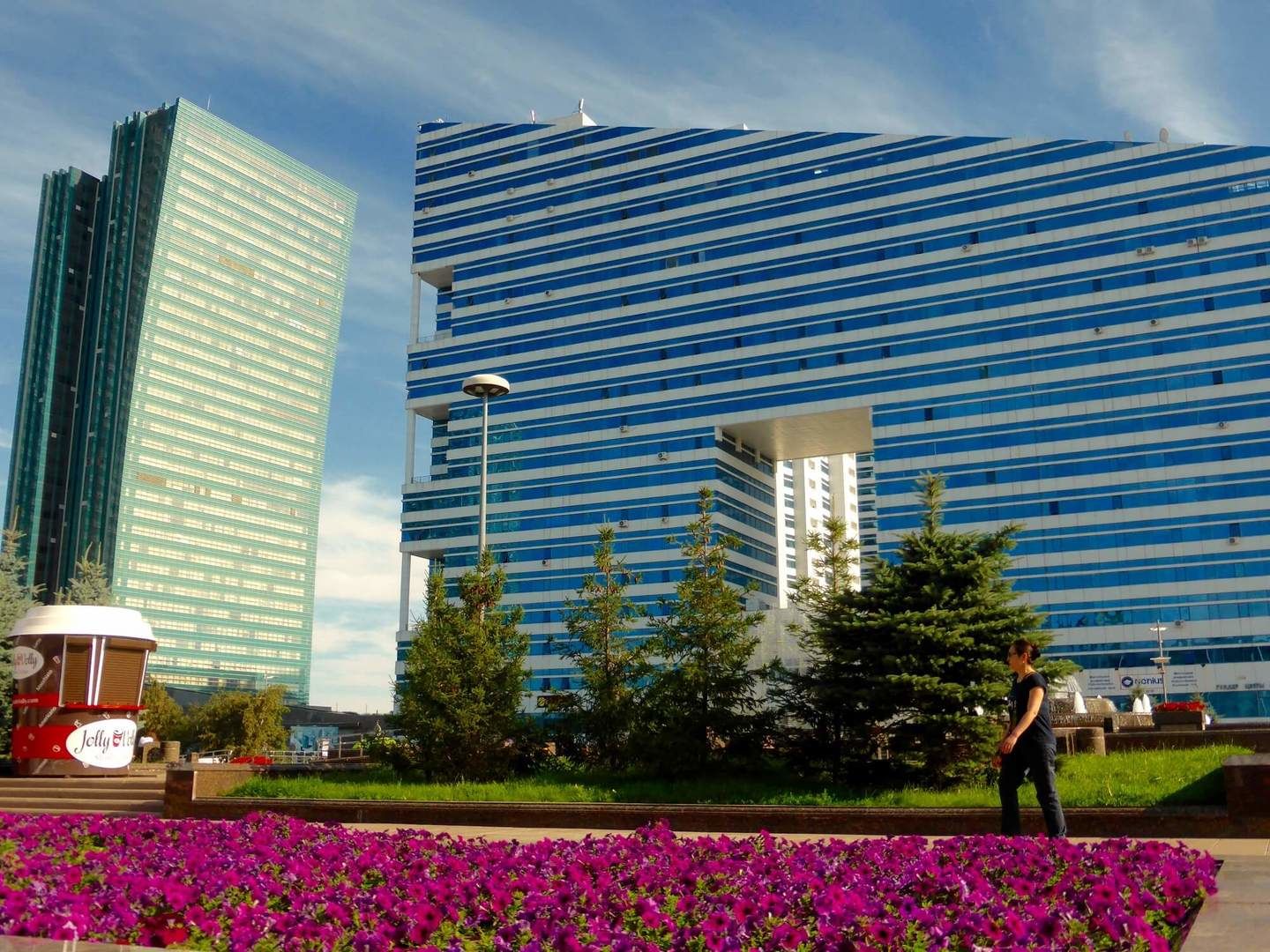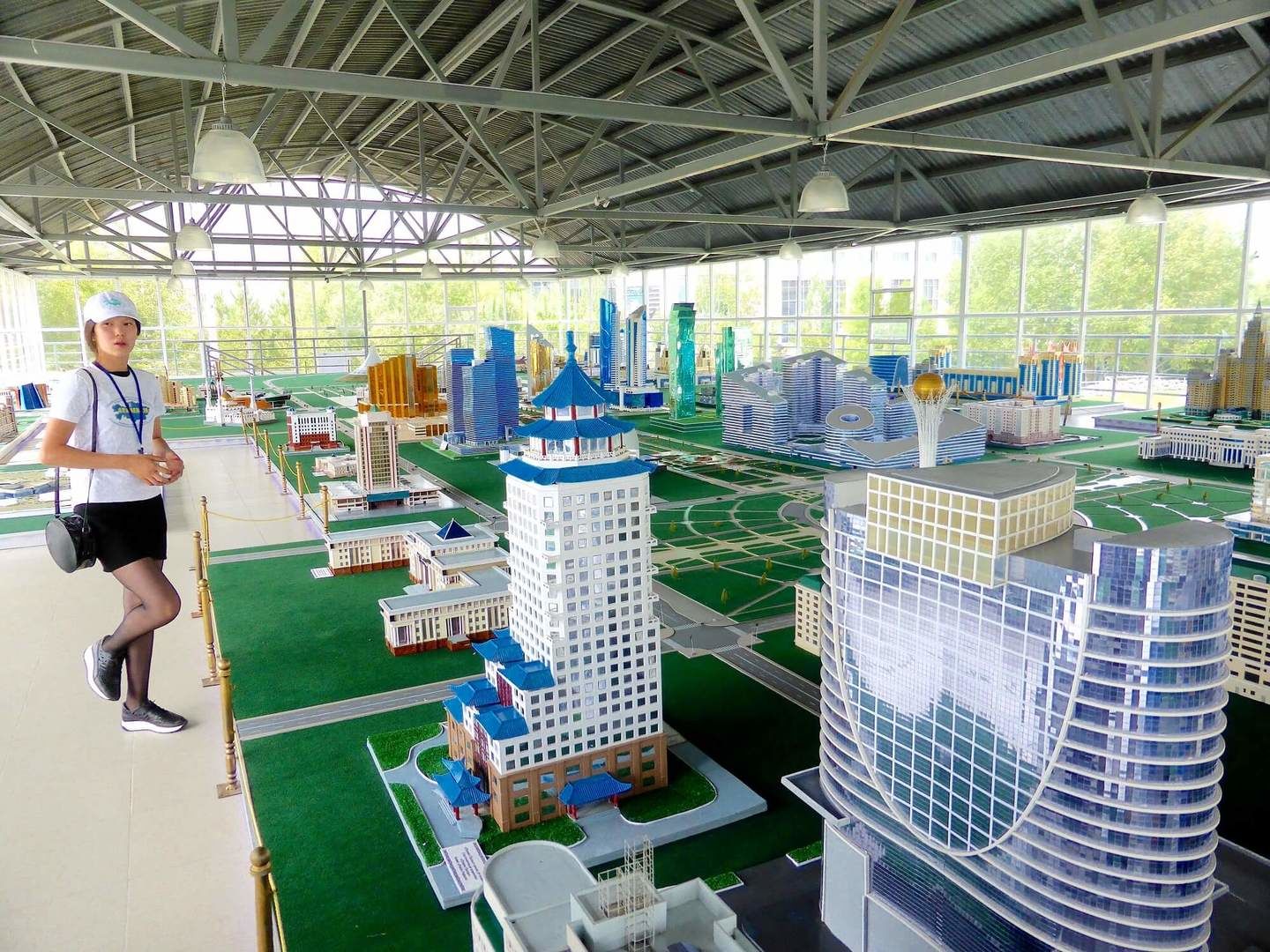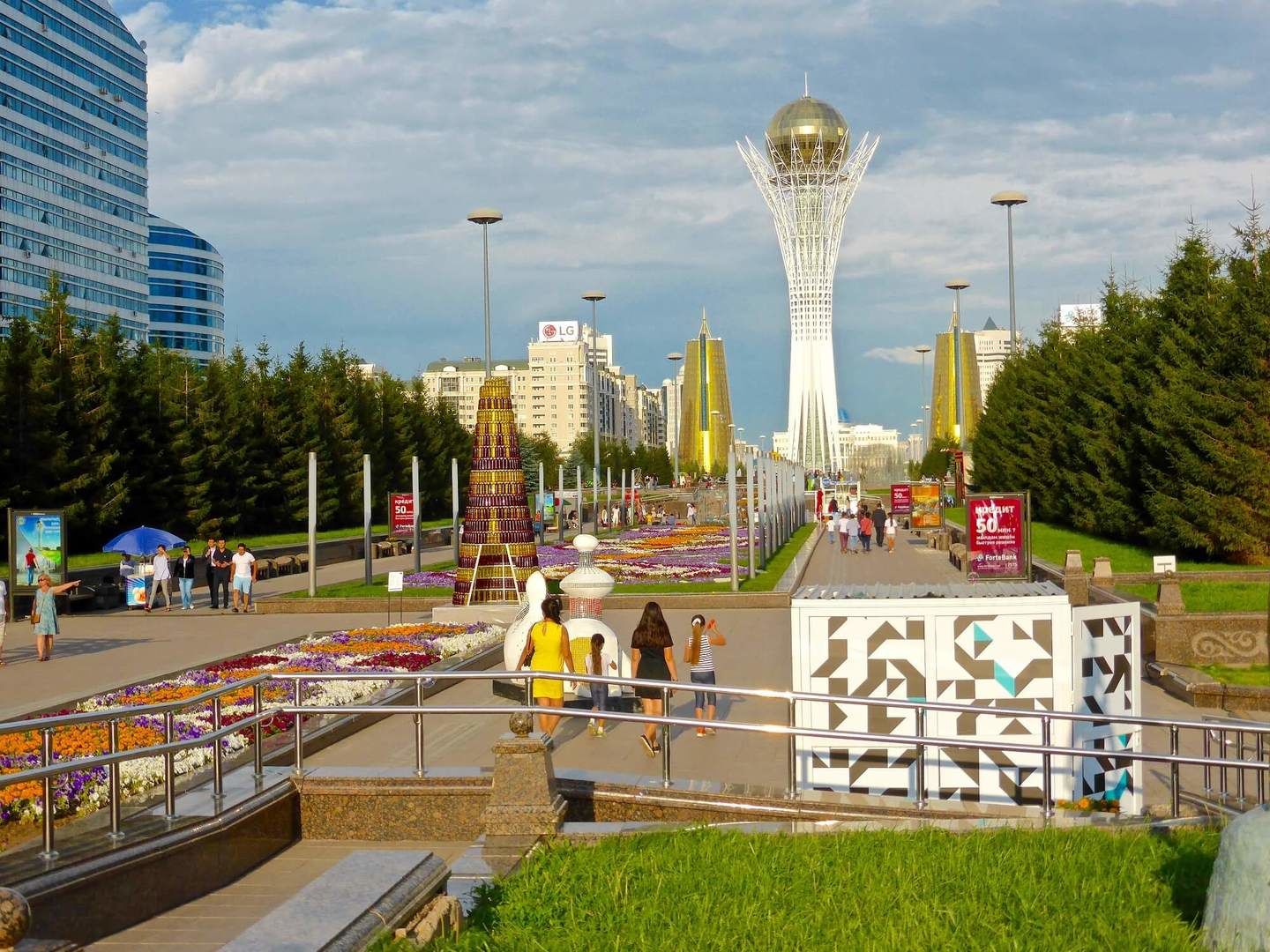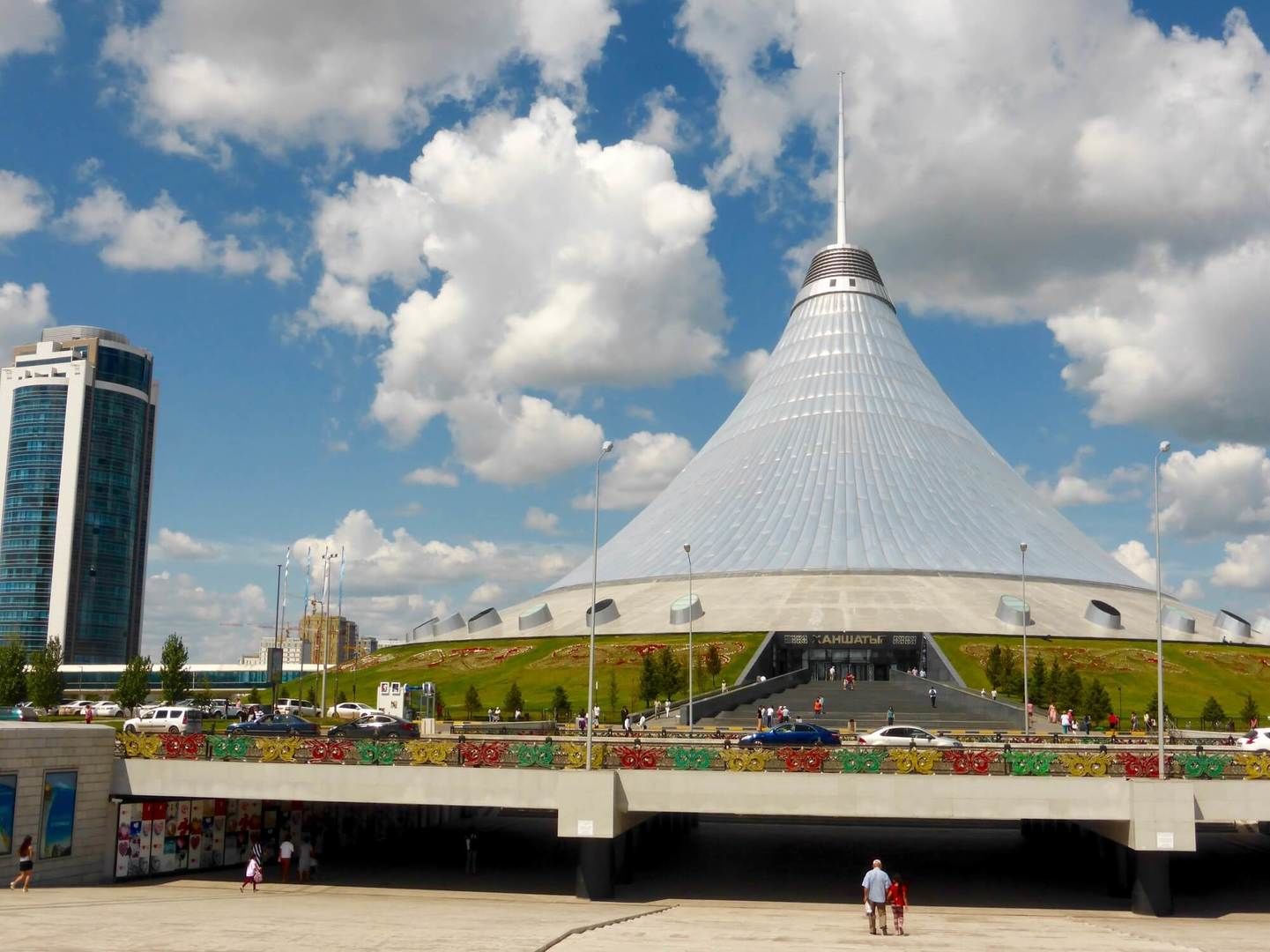Interview with an architect from Nursultan (formerly Astana)
Central Asia’s youngest capital, Nursultan, is a showpiece for 21st-century Kazakhstan. Star architects like Norman Foster and Kisho Kurokawa have made their contributions to the futuristic city with its surreal skyline. We had the pleasure of interviewing Kazakh architect Sergei Sartakov, who grew up in Nursultan (Tselinograd at that time) and actively participates in the development of the city. What is it like to be an architect in Nursultan? What is the main difference between Soviet and modern architecture? How does he like the modern look & feel of Nursultan compared to Soviet Tselinograd? Read the exclusive interview to find out.
Can you tell us a little bit about yourself?
I studied architecture from 1999 to 2004 in Kazakhstan, in one of the oldest faculties of architecture in Nursultan. I grew up here and know every building as well as the story behind it. I was able to experience the construction boom in Nursultan and see the transformation of Akmola into a modern capital city. As an architect, it was the perfect time and place for me to be. I could learn about the newest technologies, not only reading on the internet or in textbooks but going to the construction sites and working with the newest materials in reality.
Many architecture students get internships in the first years of their studies and learn many things in praxis. Thus, as a graduate of the architecture studies here, you have not only theoretical but also practical knowledge. In Nursultan, the architects can get experience several times faster than anywhere else in the world.
What is the difference between Soviet and modern architecture?
First of all, the construction material is different. In the Soviet Union, the buildings were designed in a way that they could bring materials from the nearest place. Nowadays, the design defines the materials and it can be shipped from all over the world. With the era of globalization, the nearest material is not always the best suitable material for the vision of the architect. However, the climate of Nursultan has special prerequisites — the materials should hold the extreme temperatures of over + 40°C or – 40°C with the wind.
The second difference is the quality. The Soviet Union made buildings massive and very stable. Even without constant care, the buildings from the Soviet Union are well preserved and compete qualitatively with the modern ones. Many people still prefer living in the Soviet buildings. Third is the timeframe of the construction. Soviet architecture did not have the internet, computer design, and progressive technologies. Nowadays, the buildings can be designed much faster and it’s much easier to make changes on the go, which makes the construction process faster. It enables people to be much more creative and efficient, and often setting built-in record times.
In the Soviet Union, only a few things were brought from far away for decoration purposes or unique products to showcase the achievements of the Soviet Union. For example, this huge chandelier in a former pioneer house.
The other difference is the modern standards. The livelihood level and well-being standards changed over time. If in the 1960s two-room apartments with 40 sq meters were good, nowadays people want more space, more light, and the two-room apartment today starts from 60 sq meters.
What do you like better: Soviet or modern architecture?
Well, it is not easy to answer, as I like some things in Soviet architecture and some things in modern architecture. Let’s look at the building “Triumph of Nursultan.”
It looks like the building of the Moscow State University, the typical Stalinist architecture. It was built in 2006 and combines socialist classicism with the modern functionality. Its 37th and 39th floor have observation decks, with a wonderful view. The interior design is suited to a modern hotel interior, with apartments, a gym, a swimming pool and shopping areas. Generally, I think that good architecture should evoke feelings and emotions, and produce reactions.
People may love it or hate it, they will discuss and people remember the building. When people have something to say about the building, it encourages people to think, in this case, the work of the architect is well done.
What is the process of constructing and building in the city?
Every city is like a living organism, as it constantly changes and develops. Every city has different procedures for city buildings. In Nursultan, there is a general plan of the city, as well as a general architect and the city planning committee. About a hundred architects from all over the world took part in the competition for the creation of the first general plan of Nursultan. Kisho Kurokawa was the winner of the competition and the creator of the first general city plan.
Other than that, the city planning goes as follows: the city planning committee determines a place for building and the purpose of the future building, like a shopping center or living area, etc. Every week about ten new projects are presented to the committee. The process of considering the project and its approval can last up to one year, depending on the complexity of the building. All the buildings starting from 4 stories are individually approved by the city planning committee and the general architect.
After all these changes in Nursultan, do you still feel as if you live in your native city, or do you feel as if you’ve lost your native city? What kind of negative and positive sides do you see in the development of such a modern city?
My native city has changed drastically. You can find old and new buildings here, but you can tell the history of the city by looking at the buildings. Sometimes returning to the city after only three months, you can see that many things have changed. In my childhood, the city was a very quiet place, now we have more people, more cars, and more noise. I think that is the downside of big cities in general, but it is nice to live in such a dynamic atmosphere. Nursultan inspires our younger generation to become prestigious architects. Moreover, many architects and designers come here from all over the world as Nursultan offers perfect opportunities for architects.
What is your favorite city in terms of architecture, and who is your favorite architect?
Singapore & Le Corbusier. Singapore was also built dynamically and fast like Nursultan. It involves the newest technologies, as well as green energy technologies. Every building there has something special in it. Le Corbusier, I like for his urban planning ideas.



